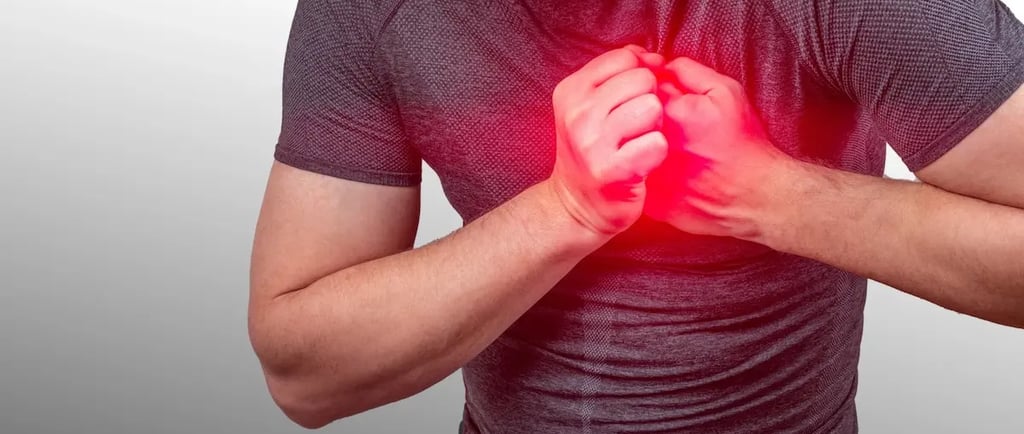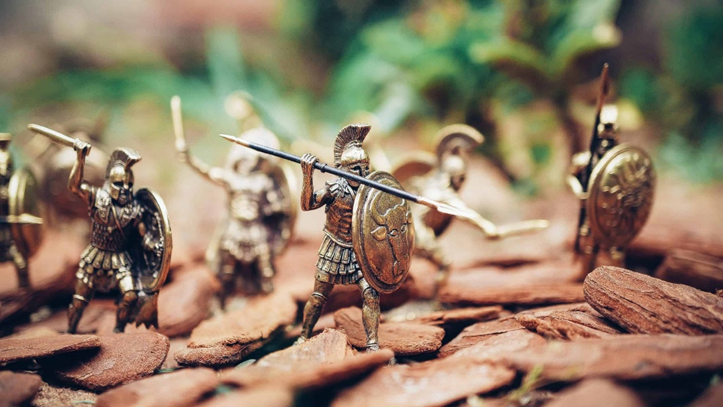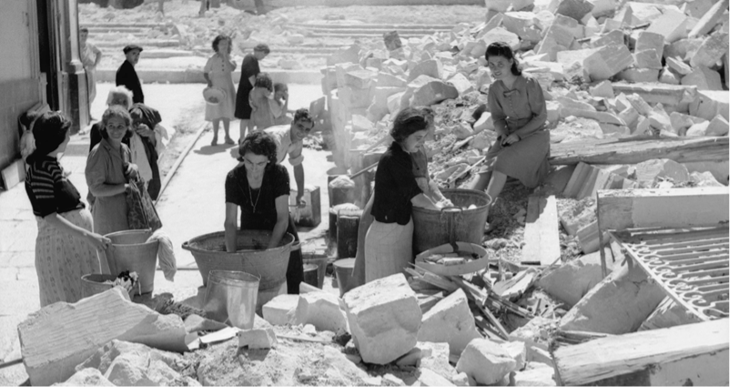Destructive Pain VS Reconstruction Pain
Illness is painful, healing can be painful too.
WELLNESS INSIGHTS BLOG
10/2/20253 min read


The pain of illness is the pain of “destruction,” while the pain of healing is the pain of “reconstruction.” Though both feel like pain, their origins, purposes, and meanings are fundamentally different.
We can understand this from the following perspectives:
1. The Pain of Illness: From "Destruction" and "Invasion"
This pain is the result of the body’s alarm system and direct damage.
The Alarm Signal: When you have a bacterial infection or tissue injury, damaged cells immediately release various chemical substances (like prostaglandins, histamine, bradykinin, etc.). These substances stimulate nerve endings and send a "pain" signal to the brain. The purpose of this pain is to tell you that something is wrong and requires action (like withdrawing your hand from a hot stove or seeing a doctor). Without this pain, we might ignore serious damage and risk our lives.
The Cost of Battle: When pathogens (like viruses or bacteria) invade, your immune system fights back fiercely. This battle process is, in itself, inflammation.
Redness, Swelling, Heat, and Pain: Immune cells and fluids rush to the site, causing local congestion (redness, heat) and increased tissue fluid (swelling). This swelling can compress nerves, and the chemicals produced during the battle directly trigger pain.
Systemic Pain: The immune system also releases chemicals called cytokines that can act on the brain, causing widespread muscle aches, fatigue, and fever. This is the body concentrating energy for the fight, making you feel the pain of "being sick."
Therefore, the pain of illness is the destruction caused by the "enemy" and the unavoidable side effects of the body "raising the alarm and fighting a defensive war."


2. The Pain of Healing: From "Clearing" and "Reconstruction"
Once the acute battle is over, the body enters the repair phase. The pain at this stage is the noise from a "construction site."
Clearing the Debris (Late Inflammation): After the fight, the battlefield is left with dead cells, pathogen corpses, and damaged tissue. The immune system (like macrophages) must continue to work, acting like scavengers to engulf and clear this "rubble." This cleaning process still involves inflammatory reactions, so some swelling and soreness may remain.
Rebuilding the Home (Repair and Remodelling):
Tissue Repair: The body begins to produce new cells and tissue to fill the gap. Examples include the growth of new blood vessels during wound healing, the formation of granulation tissue, and the creation of bone callus after a fracture. During this process, active cell division and movement, along with intense local metabolism, produce stimulating substances that can cause a dull ache, itching, or tingling.
Scarring and Remodelling: The body quickly fills the gap with substances like collagen—this is the initial scar. However, the initial scar tissue is disorganized and dysfunctional. The body then undergoes "remodelling," tidying up the messy fibres into a more ordered structure. This process may lead to stiffness and discomfort due to the contraction and stretching of the fibres.
Therefore, the pain of healing is the noise from the "reconstruction project"—the cleaning, construction, and finishing work. It signifies that the body is actively repairing itself.


Summary
While both illness and healing involve pain, their essence is different:
The pain of illness: is the pain of destruction, invasion, and alarm—a signal that the body has lost balance.
The pain of healing: is the pain of cleansing, rebuilding, and hope—the process of the body actively restoring balance.
💬 Take the Next Step for Your Health
If you’re experiencing persistent pain and want to understand whether it’s destructive or part of your body’s healing process, don’t wait.
👉 Reach out to our health professional today for personalized guidance.
📲 Make an appointment via WhatsApp: 012-9528076
Bio Young Wellness
Look Young, Feel Young, Stay Young
Contact Us
Bio Young Wellness Sdn. Bhd. @ 2024. All rights reserved.
support@bioyoungwellness.com
Quick Links
Home
About Us
Amino Acid Series
Hydrogen Series
Membership
